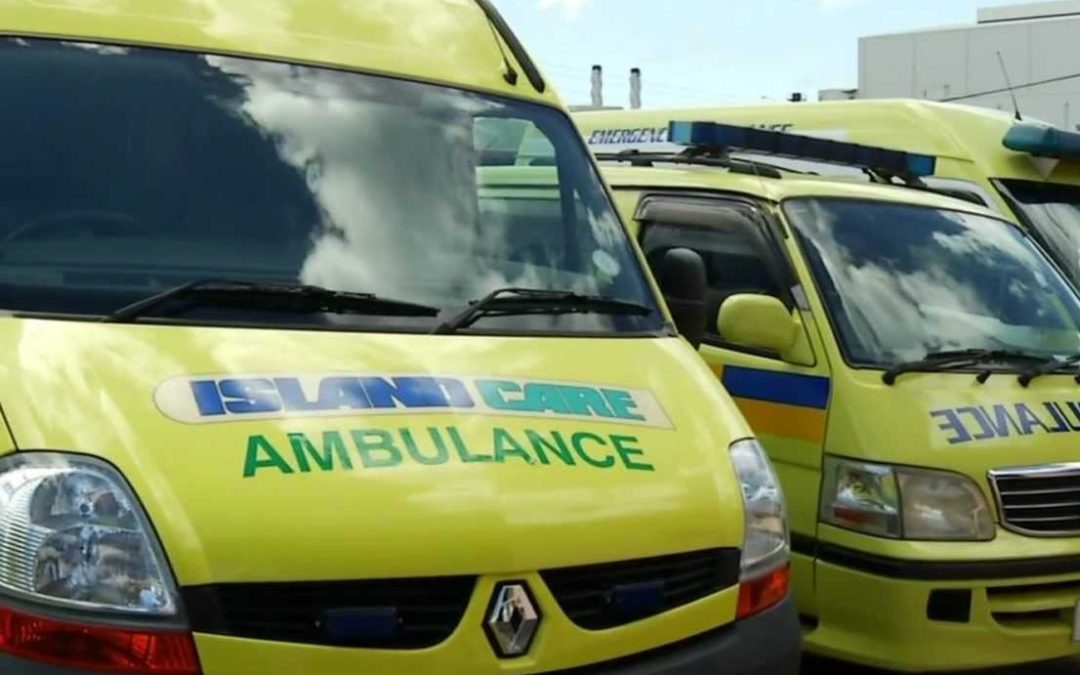Site Access is Critical
for Emergency Responders
By Cheryl Griffith – Business Continuity & Disaster Consultant
Barbados is known for its beautiful beaches. Unfortunately, public access to some beaches are prohibited due to private properties along the coast. While there is some pedestrian access to beaches, the time has come to address the access beach issue where emergency personnel and vehicles can easily and readily get on to the beaches from the roadway. This became very evident on Boxing day when a near drowning incident occurred at Sandy Lane Beach in St. James. According to media reports, the Minister of Tourism was contacted who claimed he was unaware of the “access issue” to the beach from the roadway indicated that he would have to refer to the Minister of Environment and National Beautification. The time has come for all government departments to work together and better engagement and collaboration of public and private partnerships to ensure that there is no loss of lives regarding this issue.
We must remember that businesses are part of communities. Therefore, prior to any incident, each community (including businesses) should have an emergency preparedness plan to enable response and recovery personnel to conduct incident management and recovery operations. Part of the overall preparedness plan should include a Crisis Event Response and Recovery Access (CERRA) process for managing access into and transit through restricted areas or emergency zones.
Every minute of a medical call, fire or other emergency, is critical to preserve lives and property. Emergency responders require physical space in order to deploy their equipment at the scene, space which may be constrained by physical access. This has an impact on their increase response times or impede their ability to respond at the scene. It is important to keep an open pathway for responders to do their jobs. Access is “critical” for emergency responders. Organizations should review their risk, threat and vulnerability assessments to determine if access for emergency responders e.g. ambulance, fire police etc. would be difficult in an emergency.
Use of a common approach for managing access is particularly important during incidents that require significant population evacuations to ensure the flow of essential commodities, coordination of public or private sector response and recovery assets, and restoration of critical infrastructure and essential public services, as well as a safe and orderly return of community members to an affected area.
If this issue is not addressed across our nation for those responsible for managing access into emergency zones we will continue to experience delays in response and recovery efforts caused by the lack of common access which could also result in death. Let us work together to enhance the access elements of our emergency preparedness plans and accelerate our community’s recovery by implementing a common approach to manage access requirements when planning for and responding to events and incidents. If tourism is our product, let us protect it.
“It takes 20 years to build a reputation and five minutes to destroy it.”
Warren Buffett

